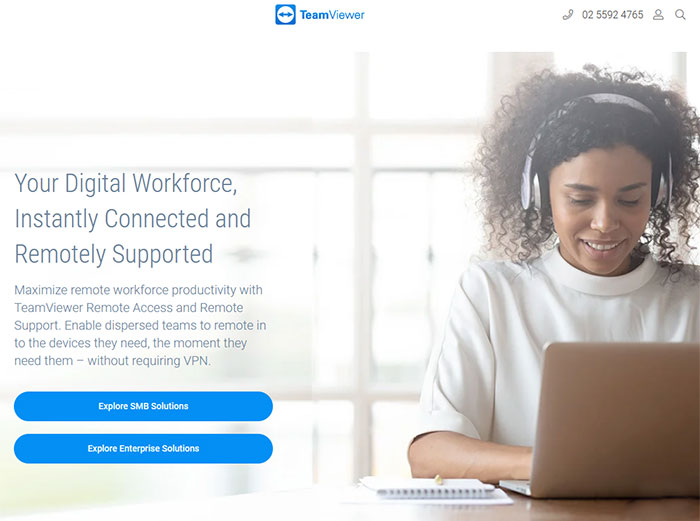News reports indicate that an unknown hacker attempted to poison the water of a city in Florida by remotely accessing the software that controls water treatment chemicals. Luckily a plant operator observed and reversed the changes fast enough to make them ineffective. Furthermore, the water treatment plant has monitoring infrastructure which would have detected the change before it reached public supplies, say sources. Local law enforcement, FBI and Secret Service investigators are looking into this malicious act but we don't have information as yet about the source of the hack - whether it was a Floridian, someone from elsewhere in the US, or a foreign individual or organisation.

At about 8am Friday, Hackers accessed the computer facility at the water treatment centre in the town of Oldsmar, Florida. This facility controls water supply to approx 15,000 residents. An operative saw someone remotely accessing the water treatment system via TeamViewer but had noticed his supervisor do this previously many times. At 1.30pm the same day the unknown actor returned and this time accessed the water treatment controls for 3 to 5 minutes, increasing the sodium hydroxide being added to the water supply from 100 parts per million to 11,100 parts per million.

When the attacker left the system, the observant operator quickly dialled back the concentration to 100ppm. The malicious act was caught in plenty of time, be fore any other process safeguards were triggered. "At no time was there a significant adverse effect on the water being treated," County Sheriff Bob Gualtieri said. "Importantly, the public was never in danger."
No experts have speculated what ill effects water with such a concentration of Sodium Hydroxide might cause. In concentrated form the chemical is a strong alkali, also known as caustic soda, and can destroy skin and hair cells. It is a common ingredient in drain cleaners (dissolving fat, oil, grease etc) but in very dilute applications like in the water treatment industry it helps control water acidity and remove any poisonous heavy metals.
In 2007 the water of a town in Massachusetts was accidentally treated with too much sodium hydroxide, causing burns and skin irritation among people who showered with it. However, I don't have the NaOH ppm concentration figures for that accident.
This foiled attack is another 'wake-up call' or warning regarding the cyber-security of national infrastructure, utilities, health facilities and so on. Hopefully the perpetrators will be swiftly brought to justice by state and federal authorities.
Sources: Tampa Bay Times, Reuters.






